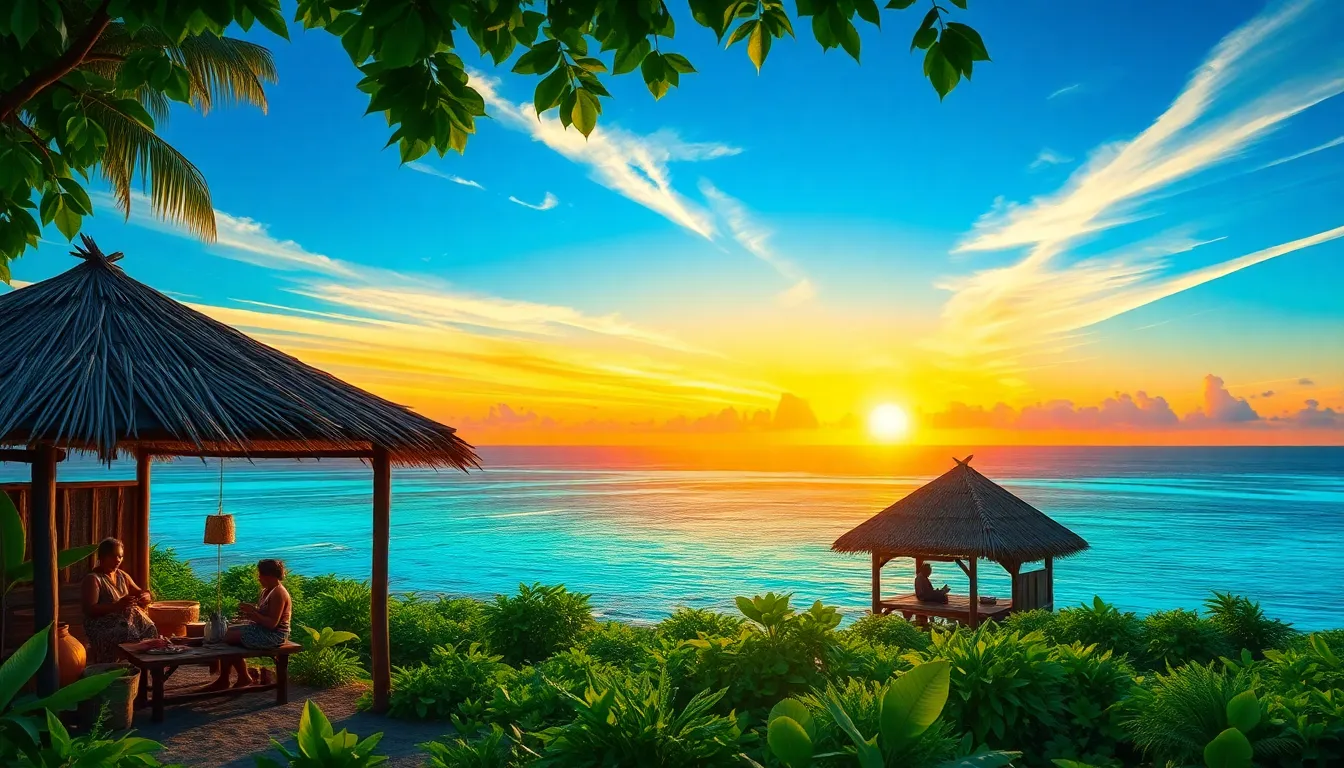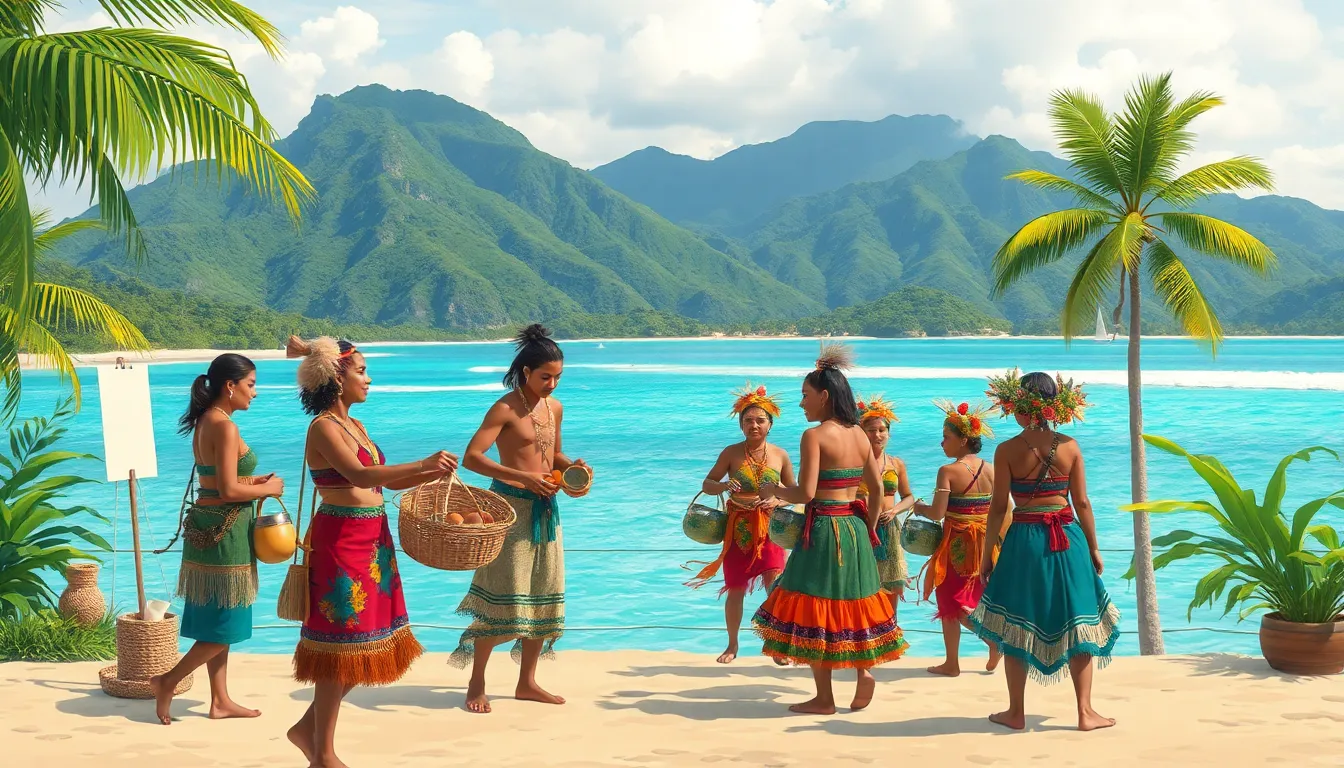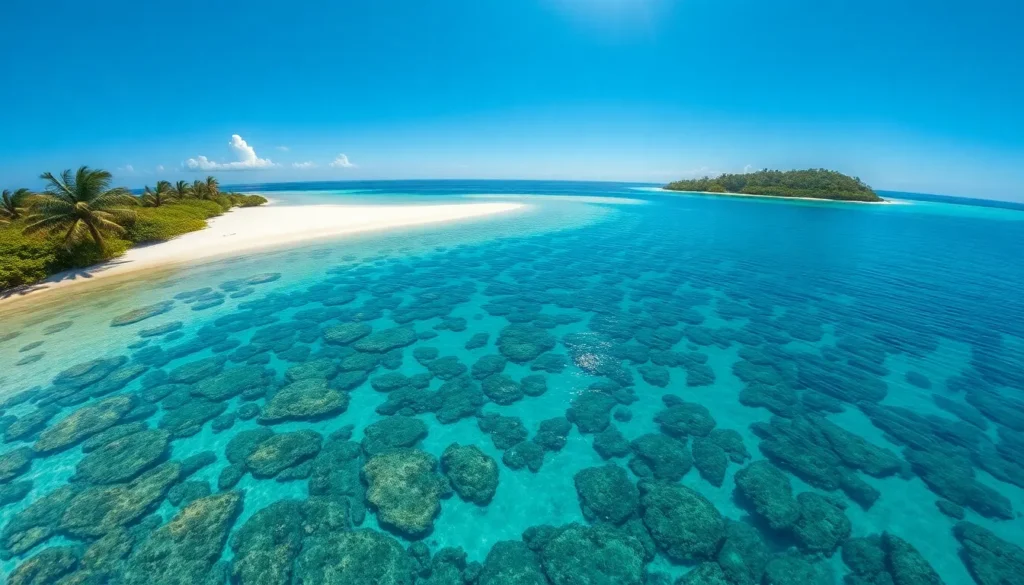Nestled in the heart of the Indian Ocean, the Beeviitius Islands are a hidden gem just waiting to be discovered. If you’ve ever dreamt of a tropical paradise where sun-kissed beaches meet crystal-clear waters, then you’re in for a treat. These islands may not be on everyone’s travel radar, but that just means fewer crowds and more room for adventure.
Imagine sipping a coconut drink while lounging on pristine sands, all while trying to remember how to pronounce “Beeviitius.” It’s a tough one, but trust us, the picturesque views make it worth the effort. So pack your bags and get ready for a journey to a place that feels like a dream—because who wouldn’t want to say they’ve been to the Beeviitius Islands?
What is Beevitius Islands
Beevitus Islands feature a captivating charm nestled in the Indian Ocean. These islands attract travelers seeking tranquil retreats surrounded by nature.
Geographic Location
Beevitus Islands lie southeast of the African mainland, positioned between Madagascar and Mauritius. They belong to the Mascarene Archipelago, so their proximity to these well-known islands enhances their allure. The islands span a few hundred square kilometers, offering unspoiled landscapes. Visitors can easily access them by air or sea, which adds convenience for exploration. This strategic location plays a significant role in their unique identity and appeal.
Environmental Characteristics
Beevitus Islands boast lush tropical vegetation and diverse wildlife. Dense forests cover the islands, creating habitats for various bird species and other wildlife. Pristine beaches with soft white sands and crystal-clear waters offer stunning views, making them attractive for relaxation and outdoor activities. Coral reefs that encircle the islands support rich marine life, perfect for snorkeling and diving. Tropical climates ensure warm temperatures year-round, inviting visitors to enjoy outdoor adventures. The islands’ unspoiled environment maintains natural beauty, providing a haven for nature enthusiasts.
History Of Beevitius Islands


The Beevitius Islands hold a rich history shaped by various cultures and historical events. These islands reflect a unique blend of influences from the past.
Cultural Significance
Cultural heritage remains prominent on the Beevitius Islands. Indigenous communities have contributed traditions that resonate in local festivals, art, and cuisine. Artisans often create handcrafted goods that reflect the islands’ natural beauty. Visitors frequently experience cultural ceremonies that connect them to the islands’ history. The influence of neighboring cultures, particularly those from Madagascar and Mauritius, enhances the local customs. Language holds importance too; residents speak a unique Creole that blends elements from the region’s diverse linguistic landscape. Overall, the islands showcase a vibrant cultural tapestry that attracts visitors and researchers alike.
Historical Events
Historical events have significantly impacted the development of the Beevitius Islands. First discovered by European explorers in the 16th century, the islands became points of interest for their strategic location. Colonial powers later claimed the islands, bringing changes that shaped their social structure. In the 19th century, the islands experienced increased trade due to the booming sugar industry. During this period, plantations emerged, and labor practices evolved, affecting local populations. World War II brought further transformations as the islands hosted military activities. These historical milestones have left lasting legacies on the islands’ identity.
Travel Information
Traveling to the Beeviitius Islands provides an exciting opportunity to discover an unspoiled destination. These islands offer various access points for visitors seeking adventure.
Accessibility
Accessibility to the Beeviitius Islands primarily involves air travel. Major international airports in nearby Mauritius and Madagascar serve as convenient gateways. From these locations, connecting flights or ferries reach the islands directly. Travel durations are generally short, usually less than an hour from Mauritius and around two hours from Madagascar, making it feasible for quick getaways. Local water taxis operate throughout the archipelago, facilitating easy transfers between islands and popular attractions.
Best Time to Visit
The best time to visit the Beeviitius Islands falls between May and October. This period experiences dry weather, ensuring clear skies and comfortable temperatures averaging between 70°F and 80°F (21°C to 27°C). During these months, outdoor activities such as snorkeling and hiking flourish with favorable conditions. Travelers might prefer the shoulder seasons of April and November for fewer crowds and pleasant experiences. Rain is more frequent from December to March, but these months still attract visitors who enjoy the tropical climate and lush landscapes.
Attractions And Activities
The Beeviitius Islands offer an array of attractions and activities for visitors. From breathtaking landscapes to immersive local experiences, there’s something for everyone to enjoy.
Natural Wonders
The islands are renowned for their natural wonders. Pristine beaches beckon travelers with soft white sands. Crystal-clear waters host vibrant coral reefs, perfect for snorkeling and diving. Unique tropical vegetation surrounds the islands, providing habitat for diverse wildlife. Lush hillsides grant panoramic views, showcasing the tranquil beauty of the landscape. Sunrise and sunset provide stunning vistas, captivating those who explore the coastlines.
Local Experiences
Vibrant local experiences enrich travelers’ time on the islands. Engaging in cultural ceremonies connects visitors to the history of the indigenous communities. Local cuisine offers a blend of flavors, influenced by diverse cultures. Artisans showcase their crafts at markets, allowing guests to take home unique souvenirs. Participating in traditional dance performances provides insight into the islands’ rich heritage. Community-led eco-tours reveal the islands’ natural ecology, promoting sustainable tourism practices.

